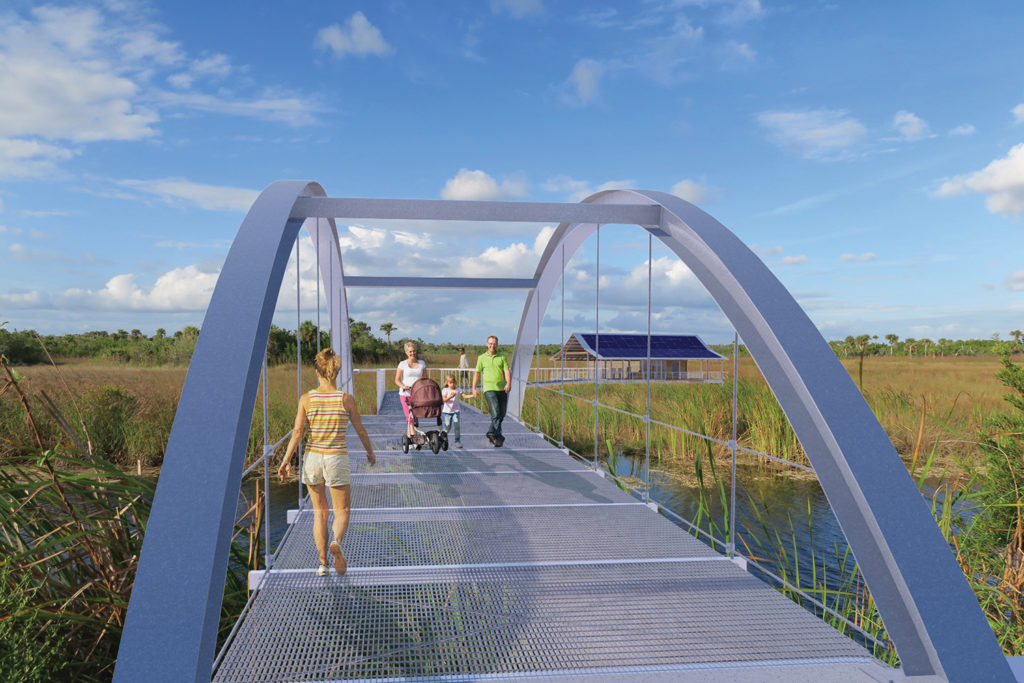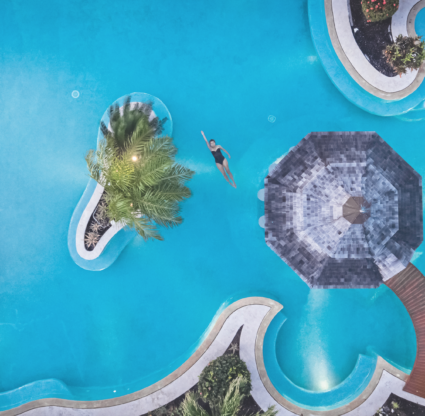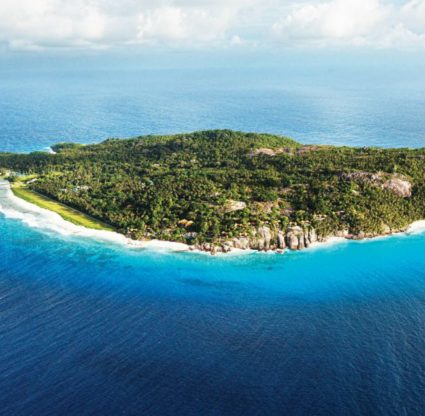The Fakahatchee Strand Preserve State Park is one of the world’s most botanically abundant and diverse places—the royal palm capital of the United States, the orchid capital of the United States, the bromeliad capital of the United States, the peperomia capital of the United States and the keeper of the state’s last remaining virgin cypress trees, to name a few of its distinctions.
Pulling up to the visitor entrance, you’d never suspect you’ve stumbled upon such an ecological gem.
An easily missed brown sign on the Tamiami Trail announces that you are entering the Fakahatchee. The best landmark is the Indian village located near the boardwalk’s entrance. This is deceptive, because it’s private property and not affiliated with the park.
Parking? Nearly nonexistent. Visitors cram their vehicles into a couple of spaces in a haphazard dirt lot, or line their cars on the eastbound shoulder of the Tamiami Trail and dash across the roadway.
“We’ve got pictures—you can see whole families running back and forth,” says Friends of Fakahatchee President Patrick Higgins. Talk about safety hazards.
There are no restrooms, just portable toilets near the parking area.
And the boardwalk itself: It is a 2,300-foot-long stroll through dense vegetation that lures some 88,000 people a year from all over the world. Guides can bring the place to life—pointing out rare plants that an untrained eye surely would overlook—but if you prefer to walk on your own, there’s not much in the way of signage or educational materials to help you out.
All of which is why the park’s managers and its most ardent supporters, the Friends of Fakahatchee, have longed for enhancements that would make the preserve more visitor-friendly—without making too great of an imprint on its ecosystem and wild allure.
At last, after a decade’s worth of dreaming, planning and chasing state dollars, the Fakahatchee is about to see some significant capital improvements. If the final stage of permitting goes as anticipated, construction crews will break ground this winter on a new parking lot, restrooms and an interpretive center. Along with that will come interpretive signs and connectors among the parking lot, center and existing boardwalk.
“We are elated; I think that’s the word for it,” says Francine Stevens, the Friends executive director. The support group celebrates its 20th anniversary next month; the enhancement project has consumed it for half of its existence. “In the beginning, it seemed unattainable. But you know, you do the first crank on the wheel, and then another crank, and then you meet somebody who introduces you to somebody else in the right department. … (It’s been) one person at a time, and a lot of tenacity.”
The group credits Collier County Commissioner Donna Fiala, state Sen. Kathleen Passidomo and state Rep. Bob Rommel for pushing for the release of $2.3 million in state funds to pay for the enhancements.
More changes may follow.
The Friends, which paid for the study and initial site planning that got the project rolling, intend to spearhead a $2.5 million campaign to add other amenities, including:
A pathway around the currently inaccessible Green Heron Lake, a 7-acre pond situated near the soon-to-be parking area.
A lake overlook and fishing platform.
A low-level boardwalk over the prairie.
A 1,300-foot-long canopy walk that allows guests to see the forest from an entirely different perspective. Its gradual incline will take visitors 20 feet off of the ground, letting them examine plant life such as orchids and epiphytes at eye level.
A reconfigured boardwalk that will form a loop; currently, visitors backtrack once they reach the path’s end.
Stevens says the Friends will start fundraising in earnest once the new parking lot, restrooms and interpretive center are in place. Donors, she predicts, will be more likely to contribute once that basic infrastructure is in place.
“It just feels good,” says Tom Maish, chairman of the Friends’ boardwalk visioning committee, among the members who kept pushing to make the project a reality. “We want to preserve the back country but give visitors more access to the front country, along U.S. 41.”
And that’s exactly what the plan does, says Steve Houseknecht, the park’s general manager.
“This is a game-changer for us,” he says. “The infrastructure we’re proposing is unlike anything the Fakahatchee has ever had. It will be a premiere stop on the Tamiami Trail now.”
Houseknecht hopes the improved visibility and enhanced amenities will draw more visitors—meaning more people will be educated about the Fakahatchee, what makes it special and why efforts to preserve it are so important.
“Getting people to understand and appreciate this place drives people to support places like this and understand why it’s important to protect them,” he says.
Once construction starts, the projects are expected to take a year. The work will not affect access to the existing boardwalk, which will remain open during construction.
To connect with the Friends of Fakahatchee, visit orchidswamp.org.





